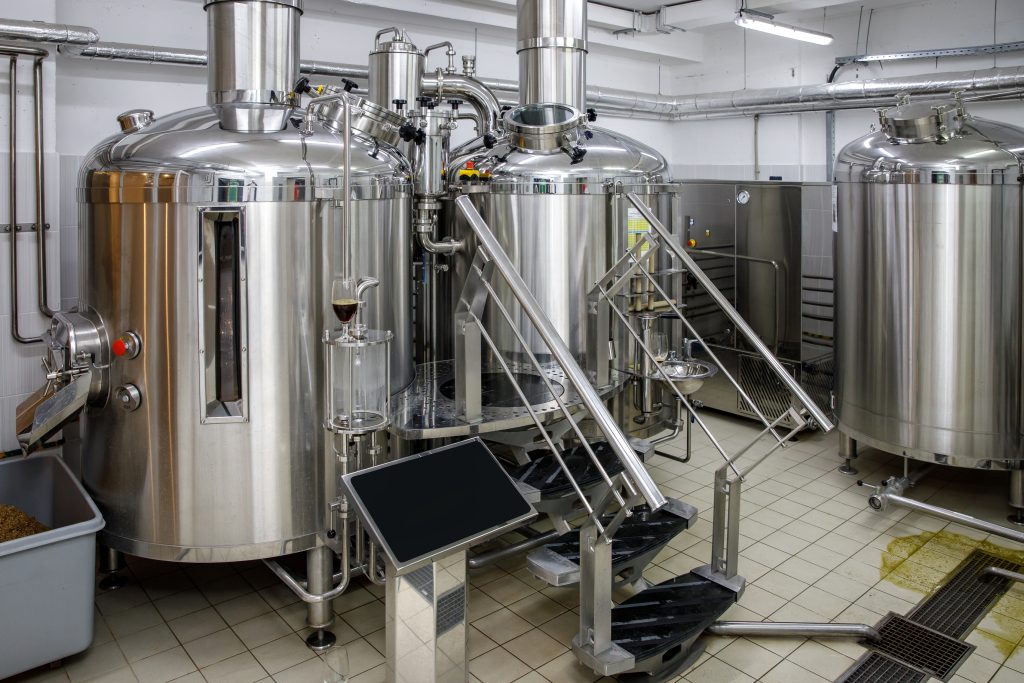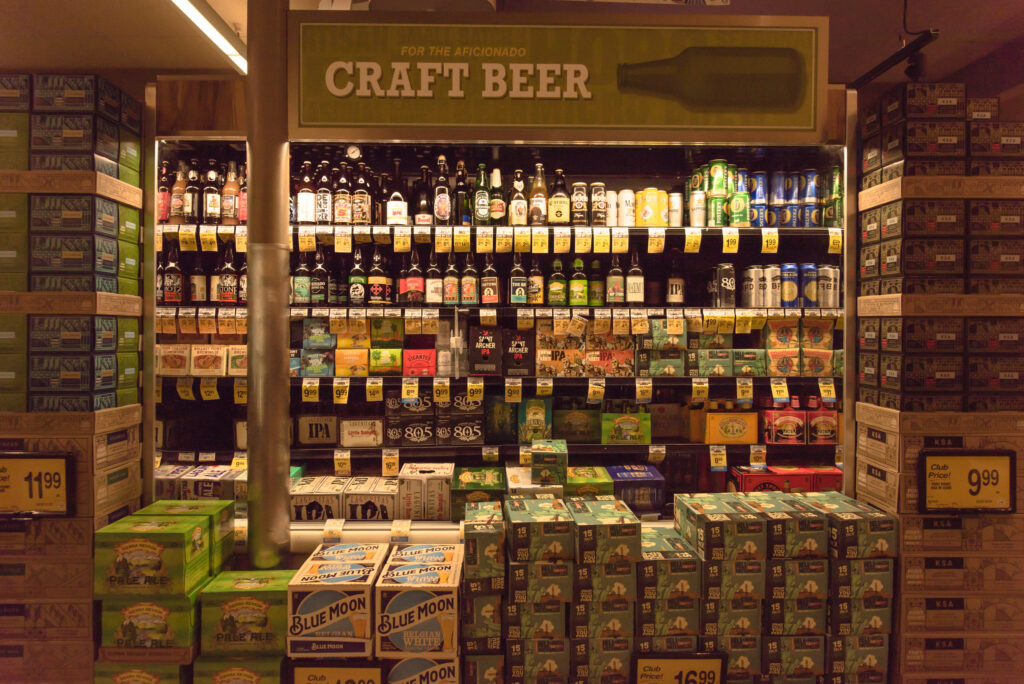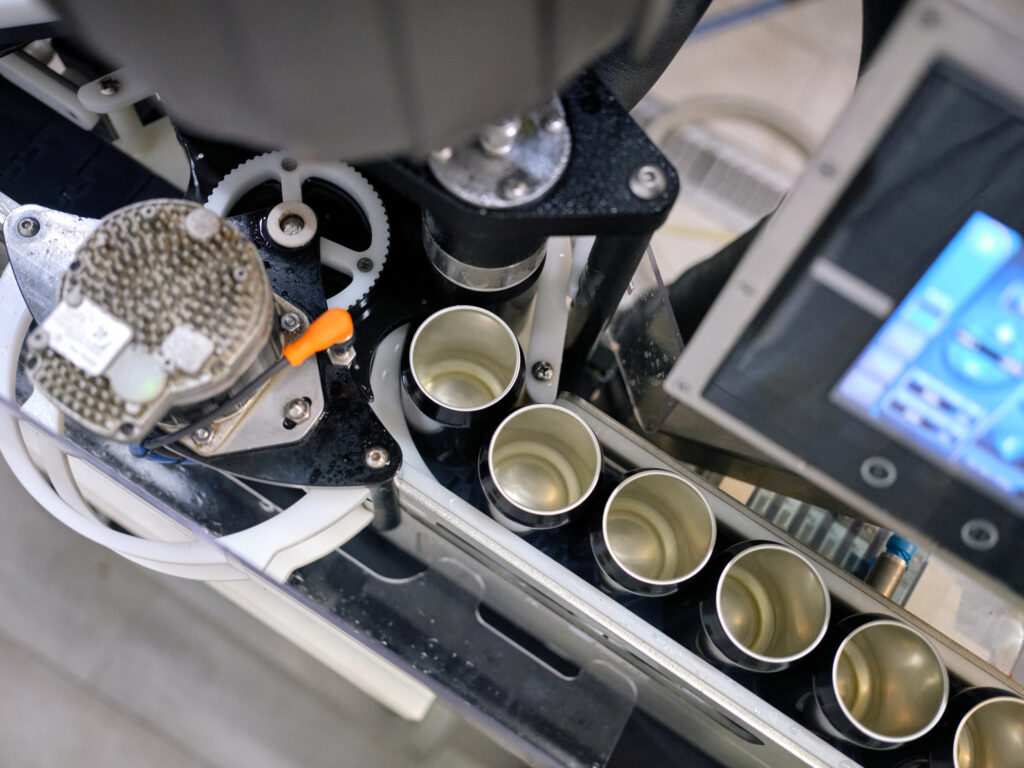
By: Kris Bohm: Distillery Now Consulting, LLC
Take a moment the next time you are in your local watering hole. If you peer at the bottles of spirits behind the bar, there is a particular type of spirit you are sure to find. It is not whiskey, nor rum, vodka or tequila. The bottle you will almost certainly find is some type of flavored spirit. Whether it is a peanut butter whiskey or raspberry flavored vodka there is a variety of flavored spirits to be found behind every bar. If you look around at a liquor store, you will find dozens if not hundreds of flavored spirits on the shelf. The spectrum of flavors is massive and it is well worth giving the concept of flavored spirits some consideration. Many successful manufacturers have found that flavored spirits can be sold in volume. Let’s look closer at flavored spirits and then take some plain old vodka to flavortown.
The Appeal of Flavored Spirits
There are literally thousands of varieties of spirits that are flavored. From spiced rums to honey whiskey, and vodka in a rainbow of flavors, there are flavors galore. The process of manufacturing flavored spirits can vary widely for the type of product being made. Some processes are expensive, labor intensive and can be subject to seasonality of ingredients. Other methods of manufacturing are very simple with merely the addition of a flavor before bottling. You might be asking yourself at this point. What kind of flavored spirits should I make at my distillery? This is a tough question because no two distillers have the same answer. Let’s start to answer this question by looking at the way flavored spirits are perceived by folks.
The average consumer chooses flavored spirits because it is easy to make a mixed drink with. A person who enjoys a cocktail often has little to no knowledge of how to make a good cocktail. This demographic of consumer will view products like a lemon flavored vodka as a spirit that can simplify the process of making a cocktail. For this example, let’s explore the humble vodka soda. This popular drink is commonly served as vodka, plus soda water, with a lemon or lime added to it. If we substitute plain old vodka for a delicious lemon vodka this product can be combined with soda water and simplify the process of making a cocktail by not requiring fresh fruit to be added to the drink.
For some consumers the appeal of choosing a flavored spirit over a traditional spirit is both flavor and drinkability. Drinkability can be a bit fickle so let’s define “drinkability” for the sake of this article. Some consumers of spirits believe they prefer to drink spirits that are labeled as “smooth” or “easy drinking”. Spirits even at 80 proof can be perceived as hot or labeled as a spirit that “has bite” or that it “burns”. These descriptors might not be terms used by producers of spirits as fair adjectives to describe their spirits, but regardless the adjectives are often used by the general public. Many flavored spirits not only have flavors added to them, they also have sugar or other ingredients added to them that mask the detectability of the alcohol in the spirits. The addition of flavor and sugar to a spirit can make the spirit taste more smooth or have less burn to it.
It has been proven in blind tasting panels that the addition of sugar to distilled spirits is quite effective at masking the perception of the alcohol in spirits.
This is a huge factor as to why flavored spirits are sold in such massive volume. Consumers who might not otherwise like to drink distilled spirits find flavored spirits to be more pleasant to drink.
How to Make a Flavored Spirit
Distilling with Real Ingredients: Smaller craft distilleries will sometimes use fresh ingredients to produce a flavored spirit that is deemed “authentic” or “artisanal”. One example is a fresh lime vodka made by a distillery in California. This spirit is produced by macerating fresh locally grown limes in a neutral spirit then redistilling that spirit to produce a flavored vodka. This method is quite effective and the resulting lime flavored vodka is quite delicious. On the down side this method is labor intensive and subject to the seasonality of the fruit. This can create limitations in production capacity and in some cases be cost prohibitive to produce.
Extracts for Flavoring: A method employed successfully by large distilleries to produce flavored spirits is the use of extract based flavors. Extract flavored products are built in a tank where a measured amount of neutral spirit has water, sugar and extract flavor added to it to create a flavored spirit. This method is simple, scalable and economical. There are several flavor companies in the US and abroad that manufacture extract flavors that are TTB approved and meant specifically for flavoring of distilled spirits. These extracts are easy to work with and can fast track the production of flavored spirits. This method is a very economical way to manufacture them, when compared to using real, fresh ingredients to add flavor.
Quality Assurance Process: Quality assurance, also known as QA, is the testing of a product before it is released to the market. There are many pitfalls in this process that must be navigated prior to release. Once a concept has been created for the production of a flavored spirit it is essential that rigorous product development and quality assurance testing takes place. Testing of the spirits for faults, flaws or problems is essential to the success and commercial viability of the product.
Let’s look at an example of a failed QA in product development. A distiller once hit upon the idea of a flavored vodka and quickly rushed to take the product to market. The product was a strawberry flavored vodka and it was made by soaking freshly picked strawberries in vodka, then filtering the vodka and bottling the product. The result of this process was a vodka that had a beautiful light pink hue and an aroma of fresh strawberries. The product was instantly a hit and the distiller sold lots of it through their tasting room and to distribution. Not long after the launch of this product the complaints began to roll in. Customers complained that their bright pink vodka turned an unsavory shade of yellow. Liquor store owners demanded refunds for the vodka. Upon tasting the ugly discolored vodka there were no flaws to be found in flavor or aroma, but the color was downright off-putting. In the end the distillery recalled and bought back the product and shortly thereafter discontinued the production of their strawberry vodka.
All of this could have been avoided if they had a better QA process
Legal Considerations: There is some legal navigation required when it comes to manufacturing flavored spirits. The TTB requires a formula to be submitted and approved before that spirit is allowed to be sold. Part of the TTB formula process is the review of the ingredients used in the manufacture of a flavored spirit. Ingredients used in a flavored spirit must be approved by the FDA as an ingredient that is on the GRAS (generally recognized as safe) list. It is important in product development that one makes sure the ingredients they intend to use are approved by the FDA and TTB for use in distilled spirits. In the case of using extract based flavors, these extracts should be TTB approved. Ask your flavor manufacturer in advance if the flavors they are providing are approved by the TTB. Some flavor companies have thousands of TTB approved flavors. This multitude of options afford a distillery the opportunity to make a flavored spirit of almost any flavor they can dream up.
Let’s Go to Flavortown: Now you have a better understanding of a few methods used to make flavored spirits, along with some of the guidelines and restrictions around production. You have the basic tools you need to start working on producing flavored spirits at your distillery. There is a huge opportunity to sell flavored spirits and one that we encourage you to take. Flavored spirits are the gateway to flavortown and it’s a place many successful distilleries go. If you need some help making your own flavored spirits drop us a line.









